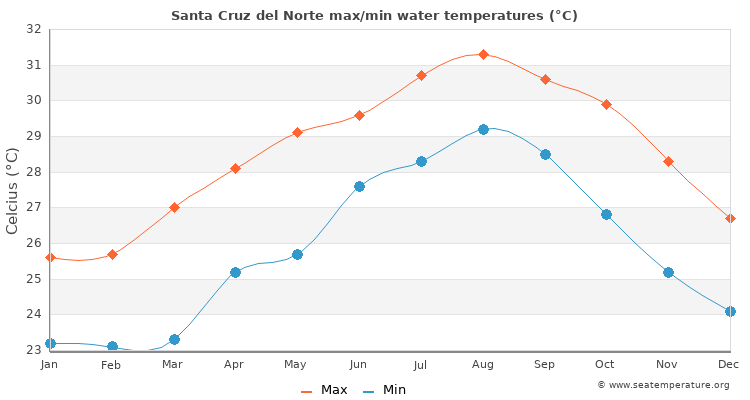

Conditions here are still largely dry and bright, too, with around eight hours of sunshine daily and seven days of rainfall in the month. This month, temperatures can rise as high as 88☏/31☌, with lows coming in at a pleasantly warm 68☏/20☌. Santa Cruz is roughly representative of the region as a whole. Savannaīolivia's lowlands are fairly stable year-round in terms of their climate, with a slight increase in humidity and heat in November. However, once the storms have passed, there's still plenty of sunshine: approximately seven hours a day in November.

You can anticipate highs of around 90☏m(32☌) and lows of 70☏ (21☌) this month and roughly 15 days of rain. Cobija gives you an indication of the weather in the region. Heavier rains up the chance of flooding, making things pretty muddy. November kick starts the rainy season in the Amazon, which is fine if you have a good sense of adventure and don't mind the odd delay when traveling by road (it's wise to check conditions ahead). You can expect around six hours of sunshine a day on average. Temperatures in La Paz are feeling slightly milder now, ranging from 37☏-59☏ (3☌-15☌), with approximately 13 days of rain in the month.

The arrival of summer heralds wetter, slightly warmer days in the Andes, with clouds sometimes sweeping in to obscure the views in the mountains and on Lake Titicaca. There is the high-altitude Andes in the west, with a climate similar to the Andean region of Peru, the lush hot and humid rainforest in the north, and the savanna region in the south and east, which is largely covered by the Gran Chaco and is predominantly semi-arid with little tree cover. Bolivia, like many South American countries, is divided into several geographical zones, each of which has its own distinct climate.


 0 kommentar(er)
0 kommentar(er)
